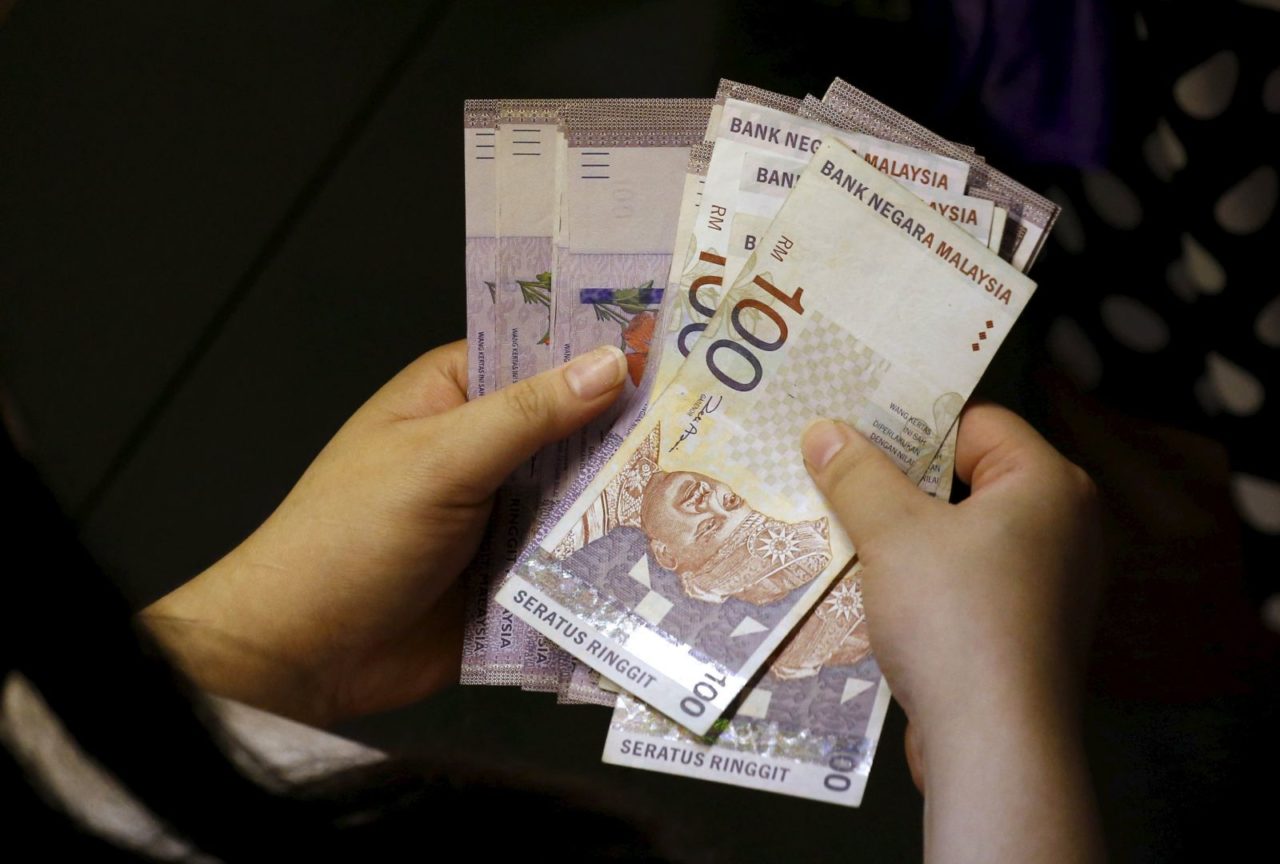
Standard Chartered Bank (StanChart) has lowered its 2018 gross domestic product (GDP) growth forecast for Malaysia to 4.8% from 5.3% projected earlier due to slower-than-expected expansion in the first half of the year and on trade concerns, but is optimistic on the ringgit’s performance going forward.
Its foreign exchange strategist for Asean and South Asia, Divya Devesh, said the ringgit is expected to continue to be an outperformer, supported by the fact that the currency is undervalued, and higher oil prices that will drive it.
“Looking at the year-to-date performance across Asia, the ringgit is the second best performing currency after the Thai baht. The ringgit has clearly outperformed its peers in Asia, and more broadly in emerging markets. We think that’s going to continue,” he said at the “Global Research Briefing H2 Update” here today.
Based on its in-house valuation of currencies, the ringgit is the second most undervalued currency across emerging markets after the Turkish lira.
“Ringgit is still quite attractive from a valuation standpoint for foreign investors. We’re now seeing more investors invest in Malaysian bonds. In July, for example, there were net inflows into Malaysian bonds after three months of outflow.”
It projected the ringgit to trade at RM4.0 against the US dollar by end of 2018 and RM4.1 by end of 2019.
“Domestically, there are lots of supportive factors for the ringgit. The external environment is still unfavourable for emerging markets, hence we’re not projecting a sharp appreciation of the ringgit. We’re still looking at relatively range-bound performance for dollar-ringgit over the next 12-15 months,” Divya explained.
He also said the impact of global quantitative tightening on the ringgit will be limited and Malaysia will be insulated even in a tightened liquidity environment, given that foreign investors have been underweight on Malaysia and have reduced their positioning in Malaysia significantly from bonds or equities; while the spotlight is going to be on economies and currencies that have twin deficits (fiscal and current account deficits) like India, Indonesia and the Philippines.
Meanwhile, StanChart’s chief economist for Asean and South Asia, Edward Lee, said Malaysia is among the top three countries in Asia most affected by the US-China trade war on an indirect exposure basis, adding that Malaysia’s trade surplus could be narrower as a result.
“If US goes ahead with a 25% tariff on the next US$200 billion (worth of Chinese goods) and you add in the previous 25% tariff on US$50 billion (worth of Chinese goods), the potential impact on China’s growth is 0.6 percentage point, which is massive. The 0.6 ppt translates to an impact of 0.3% of Malaysia’s GDP,” Lee estimated.
The bank’s thematic research head, Madhur Jha, said there is a possibilty of a positive outcome from the US-China trade war that will see China quickening the pace of liberalisation of its economy, which will benefit Malaysia.
She said commodity prices tend to move in tandem with oil prices, so when oil prices rise, the prices of commodity products also rise. Malaysia as a net commodity exporter will see better revenue and a better growth profile. The oil price is expected to stabilise at around US$70 a barrel this year.